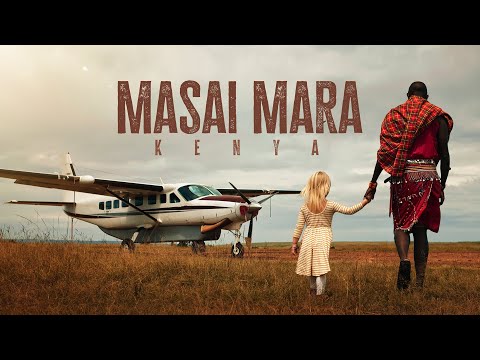
Nestled in the heart of Kenya lies a marvel of nature that has become synonymous with adventure, wildlife, and untouched landscapes – the Masai Mara National Reserve. Known simply as “The Mara” to locals, this reserve is not just any safari destination; it’s an extraordinary ecosystem that hosts one of the world’s most awe-inspiring natural events and offers visitors an unparalleled glimpse into the raw beauty of Africa.
### Why Masai Mara?
The Masai Mara is part of the Serengeti ecosystem and spans approximately 1,510 square kilometers (580 square miles). It’s named after the Maasai people, traditional inhabitants known for their distinctive customs and dress. The name “Mara” means “spotted” in Maa, a reference to both the landscape – patches of crooked tree and bush interspersed with shadows cast by clouds scudding across endless skies – and to its teeming wildlife scattered across its vast plains.
### Wildlife Spectacle
The most compelling allure of Masai Mara is undoubtedly its rich concentration of wildlife. It’s home to an impressive number and variety of animals, including the iconic Big Five: lions, leopards, elephants, buffaloes, and rhinoceroses. Alongside these titans roam zebras, giraffes, hyenas, cheetahs, jackals, numerous antelope species and over 470 species of birds.
However, perhaps nothing defines the Mara like its annual wildebeest migration. Known as “The Great Migration,” this is a staggering natural event where over two million wildebeest along with hundreds of thousands of zebras and gazelles traverse the plains in search for fresh grass while navigating perilous river crossings dotted with crocodiles lying in wait. This spectacle typically occurs between July and October and offers dramatic scenes that are every wildlife photographer’s dream.
### Cultural Experiences
A visit to Masai Mara is incomplete without interaction with the Maasai people themselves. Known for their distinctive culture preserved amid modern influences they offer an enriching experience through village visits where one can witness traditional dances, local crafts (like beadwork), participate in jumping dances called “adumu”, or simply learn about their pastoral way of life which involves coexisting harmoniously with nature.
### Safari Adventures
From dawn hot-air balloon rides offering panoramic views over marbling meanders to advanced bush skills courses led by veteran rangers – safaris in Masai Mara cater to every taste. You can choose from day-long game drives spoilt with animal sightings thanks to highly knowledgeable guides; night drives which reveal nocturnal animals; or walking safaris that bring you closer than ever to nature’s minutiae.
Luxury meets wilderness here as well: numerous campsites provide high-end accommodation ranging from classic tented camps evoking nostalgic safaris yore to opulent lodges complete with modern amenities ensuring comfort within wild settings.
### Best Time to Visit
While the reserve welcomes visitors year-round due to its favorable climate and abundant resident wildlife populations outside migration period too it particularly shines during dry season (July-October). This period not only coincides with wildebeest migration but also sees reduced vegetation thus improving chances at superb animal sightings as they gather around water sources making it truly a safari aficionado’s paradise.
### Conclusion
Whether you are a veteran safari-goer or planning your first African expedition there really isn’t anywhere quite like the Masai Mara for immersing yourself into heart-stopping action-packed encounters or merely soaking up tranquility punctuated only by calls wild; it promises unforgettable adventures that linger memories long after dust settled on your binoculars. Embark on safari lifetime discover why countless wanderlust souls endlessly drawn these magical plains where earth touches sky!
